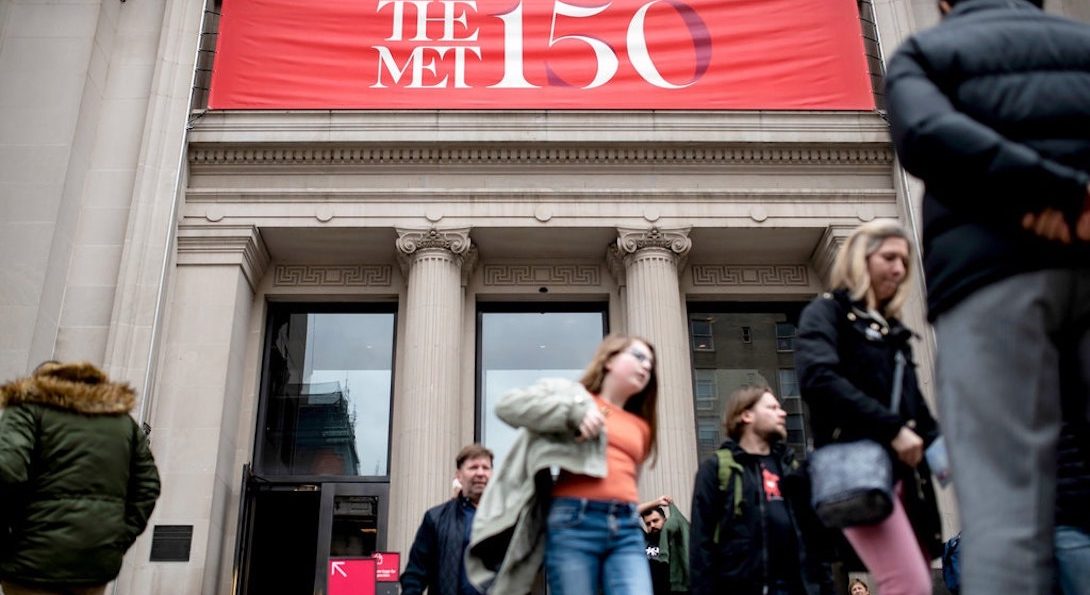A five-point plan to save the souls of museums

By New York Times critic Holland Cotter
quote Heading link
I eventually learned that many old museums were, indeed, built by men with princely aspirations, members of an American aristocracy of industrial wealth, citizens of a still newish nation that simultaneously shut the globe out and considered it ripe for the picking. Most of these patrons were white, Christian and Northern European by descent. Some were civic-minded and viewed museums as instruments of public education, though the “public” they envisioned was a narrow one, defined by class and race. In the end, museums were primarily monuments to their own values and tastes, showcases for what political power and private wealth could buy.
In 2020, after the decades-long surge of identity politics, with its demands for inclusiveness and historical truth-telling, the traditional museum is on the hot seat. And a political present charged with racial bias, misogyny and economic inequality, has upped the heat. The result is a new institutional self-consciousness. Our big museums are feeling compelled to acknowledge that they are products of an earlier, ideologically fraught time. To retain credibility they need to rethink what they were and are.